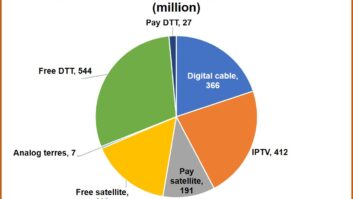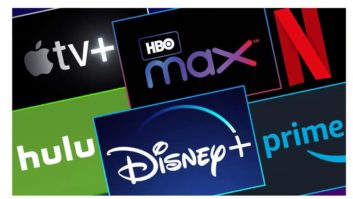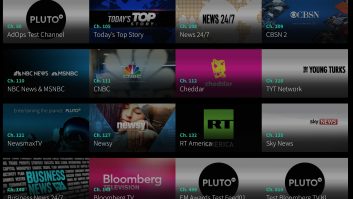The Olympic flame will arrive in France this evening, as it begins its journey to the Stade de France for the Opening Ceremony of the XXXIII Olympiad on Friday 26th July.
As part of its journey, the Olympic Torch will travel 12,000 kilometres (7,500 miles) across mainland France and the country’s overseas territories.
Over 1,000 boats will accompany the Torch as it arrives in Marseille, with over 150,000 people expected to see it arrive on French soil, and millions more watching on TV.
As the host broadcaster of the Paris 2024 Olympic and Paralympic Games, France Télévisions will broadcast the Olympic Torch Relay via a 100 per cent cloud-based and 5G/Starlink network.
From today, the broadcaster’s france.tv PARIS 2024 Olympic channel will provide 10 hours of live coverage every day.
To deliver that content France Télévisions will deploy two convoys, with eight cameras throughout the journey.
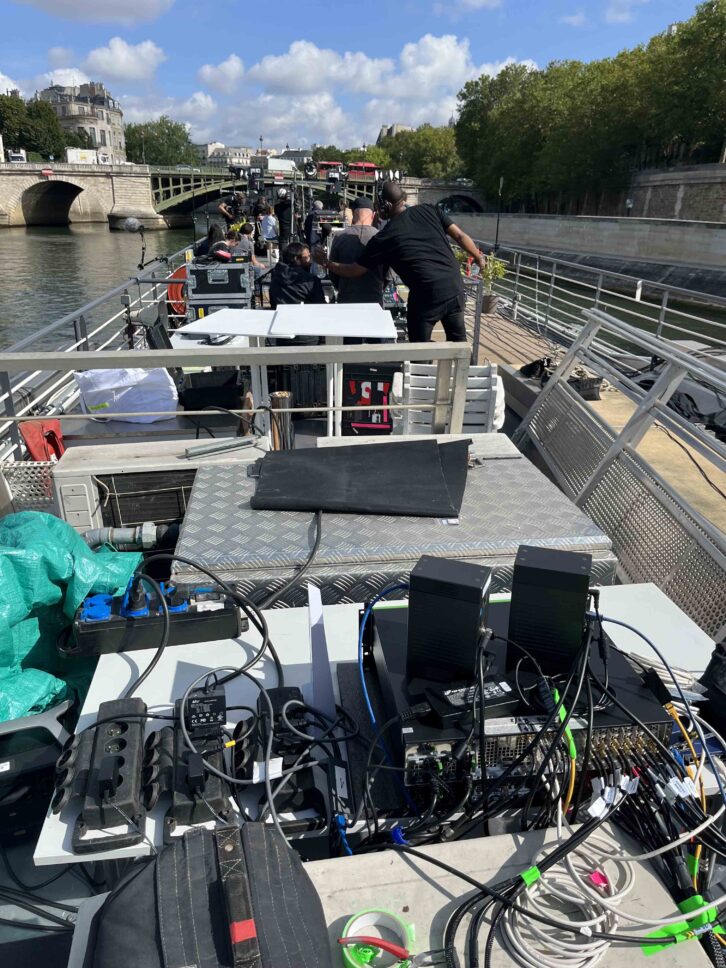
In 2023, to mark one year to the start of the Games, the broadcaster deployed ‘hyper-mobile broadcasting’ to produce a show live from the Seine. It utilised TVU Network’s cloud solutions for production, remote collaboration, and IFB, intercom and mix-minus management, as well as the TVU One for synchronised multi-camera live content capture, and 5G networks plus two Starlink Maritime units for transmission and data aggregation.
And it’s employing much of the same workflow for the Olympic Torch Relay. Amazingly, this has all been put together in a matter of mere months, Romuald Rat, deputy director of France Télévisions’ TechLab, tells TVBEurope. “In November 2023, France Télévisions and Paris 2024 decided to give more visibility to the Torch Relay than originally planned, which gave us the opportunity to work on those workflows, but without a lot of time.
“We want to be really ambitious with this project and we’ve got many, many innovations,” he continues. “Everything will be new in terms of the way we produce the coverage.”
For its coverage of the Tour de France, the broadcaster currently employs satellite to deliver feeds back to its headquarters in Paris. But for the Torch Relay, the workflow will only employ 4G/5G for transmission back from the field. Interviews will be captured using iPhones, while a car will follow the Relay with a private 5G antenna, which will be connected to Starlink.
France Télévisions has created what it describes as a dedicated 5G bubble with TVU Networks, TDF and start-up, obvios, to follow the Torch on its journey. The broadcaster believes this bubble will give it added security, as it will have complete control of what’s being sent up to the cloud. The bubble will supply uplink bandwidth of approximately 500 Mbps, aggregated through all the different networks. During two test events, the team measured the latency at around 50-80 milliseconds.
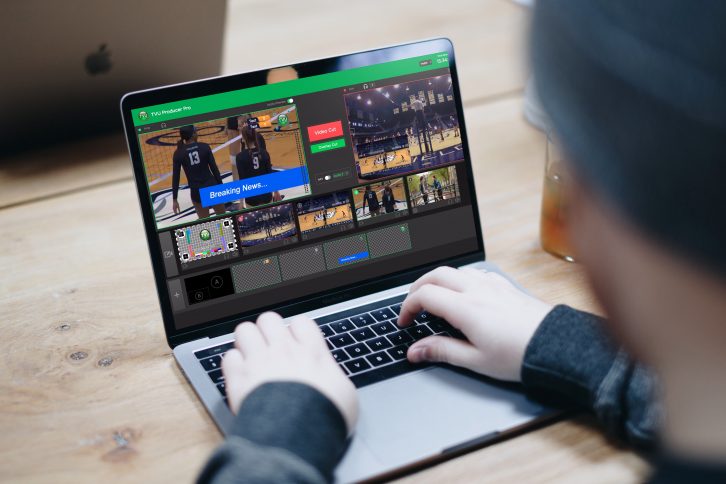
The crew working on the Relay will include two traditional cameras and an iPhone following each runner as they take their turn with the Torch, as well as one camera with the moving crew, one on the drone and what France Télévisions calls an “agile convoy” that will roam around the public as they come out to cheer on the runners. In each stopover city, the broadcaster plans to set up a mini-studio with on-site direction, sending the feeds back to HQ via Starlink and the TVU infrastructure.
“We will send every camera live in the TVU cloud, which is based on the AWS system, and will use TVU Producer for camera switching and audio mixing,” adds Rat.
The reporters out on the Relay journey will use TVU’s Remote Commentator for their audio, while its Partyline will serve as the intercom between those in the field and the team back in Paris.
“Everything will be done in the cloud,” states Rat. “We want to show that we are able to produce glass-to-glass in the cloud. We’ve got an important partnership with TVU because their software and devices are in the workflow from the beginning to the end.”
Read more of our interview with France Télévisions in the May/June issue of TVBEurope. Sign up to receive a free copy here.




